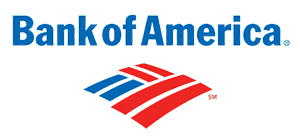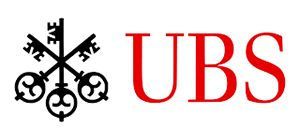Shifting Stars: Fund Ratings Get Volatile as Financial Crisis Fades From the 10-Year Window
While the health of the bull market, the raging fee wars and the ongoing active vs. passive debate continue to capture the money management industry’s attention, something fascinating has quietly taken place on fund analysts’ radars.
This is the first installment in a multi-part research series on fund ratings. In this series, we will use proprietary functionality leveraged by our clients to develop custom fund rating systems.
Fund ratings, or rankings, systems have been in massive flux over the past 12 to 16 months. Why? Because the Global Financial Crisis (GFC), which saw the market hit bottom in March 2009, has been receding from equity funds’ 10-year return windows. The withdrawal has resulted in a spike in fund rankings volatility over the 10-year measure of fund performance, when compared to previous years’ 10-year windows that incorporated performance during the GFC and the subsequent extended bull market.
Before we get into the funds, it’s worth looking at the S&P 500 Total Return Index to understand the magnitude of recent absolute changes as the GFC made its exit from the 10-year window.
Between December 2017 through February 2019, the 10-year rolling annual return of the S&P 500 increased almost two-fold, from 8.5% to 16.7%.1 That change occurred amidst 2018’s negative performance, the worst since 2008. In the chart below, we show the S&P 500’s rolling 10-year annualized return (dark blue line) and the Morningstar Risk-Adjusted Return statistic (MRAR)2 for the Index (orange line)3 against the backdrop of its monthly performance (light blue bars).
Sign in or register to get full access to all MPI research, comment on posts and read other community member commentary.





